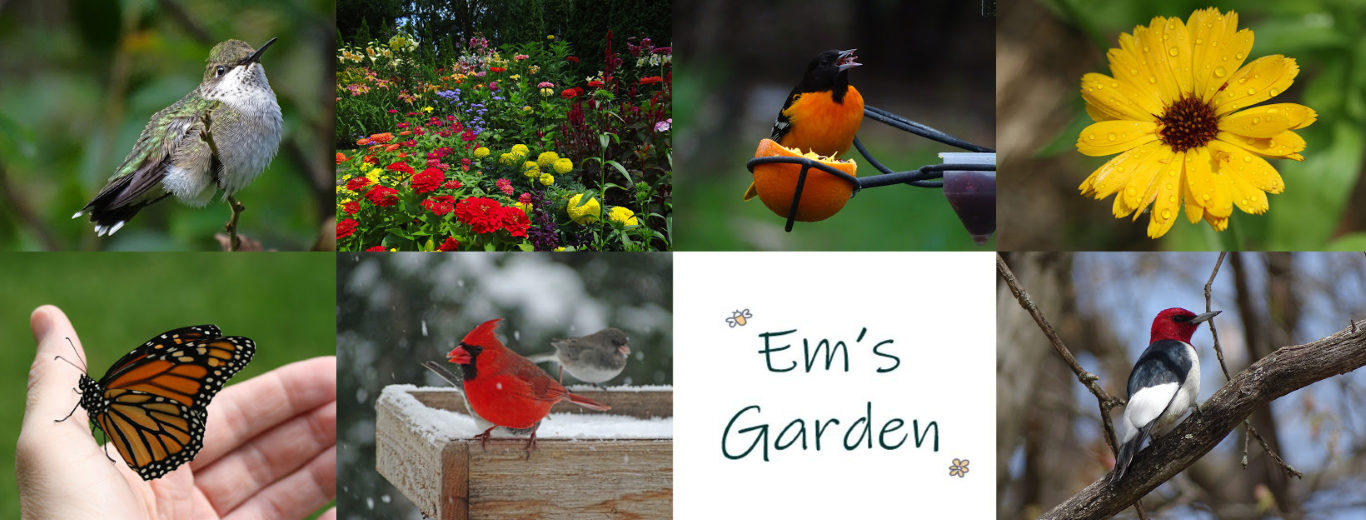I thought I’d sighted my first Fox Sparrow of the season the other day, but upon closer inspection I realized that the little bird with the streaked breast scratching around under the birdfeeder was a Song Sparrow.
I may have missed the Song Sparrow if not for my new birding mantra—“always bird the bird.” I read that little tidbit of advice on a birding group’s Facebook page earlier this year, and I immediately put it into practice. A member posted a photo of a rare bird and admitted that he almost missed photographing it and adding it to his life list because the first time he saw it he just assumed it was a species he sees all the time.
That’s when someone responded, “Always bird the bird.” In other words, don’t make any assumptions. Grab those binoculars and take a closer look. I can’t tell you how many times I’ve mixed up sparrows or finches or warblers upon first glance. There are many bird species that look similar. And that’s before adding in all the fall, female and juvenile plumages.
I grab my binoculars much more often now, but my favorite way to identify unfamiliar species is still by snapping a photograph. I like to call such photos my “proof-of-life” shots. They aren’t a thing of beauty by any means, but they get the job done. During migration I may snap photos of anything that moves. That’s how I added this Golden-winged Warbler to my life list last spring:
I also spotted my first Lincoln’s Sparrow. Sparrows can be difficult to identify. I’ll admit I got a little help from the birding group on this one after several field guides left me thoroughly confused:
The next time you see a little bird clinging to your thistle feeder, don’t assume it’s a goldfinch. And don’t take for granted the pudgy sparrow hopping around in the leaves either.
Always bird the bird.



